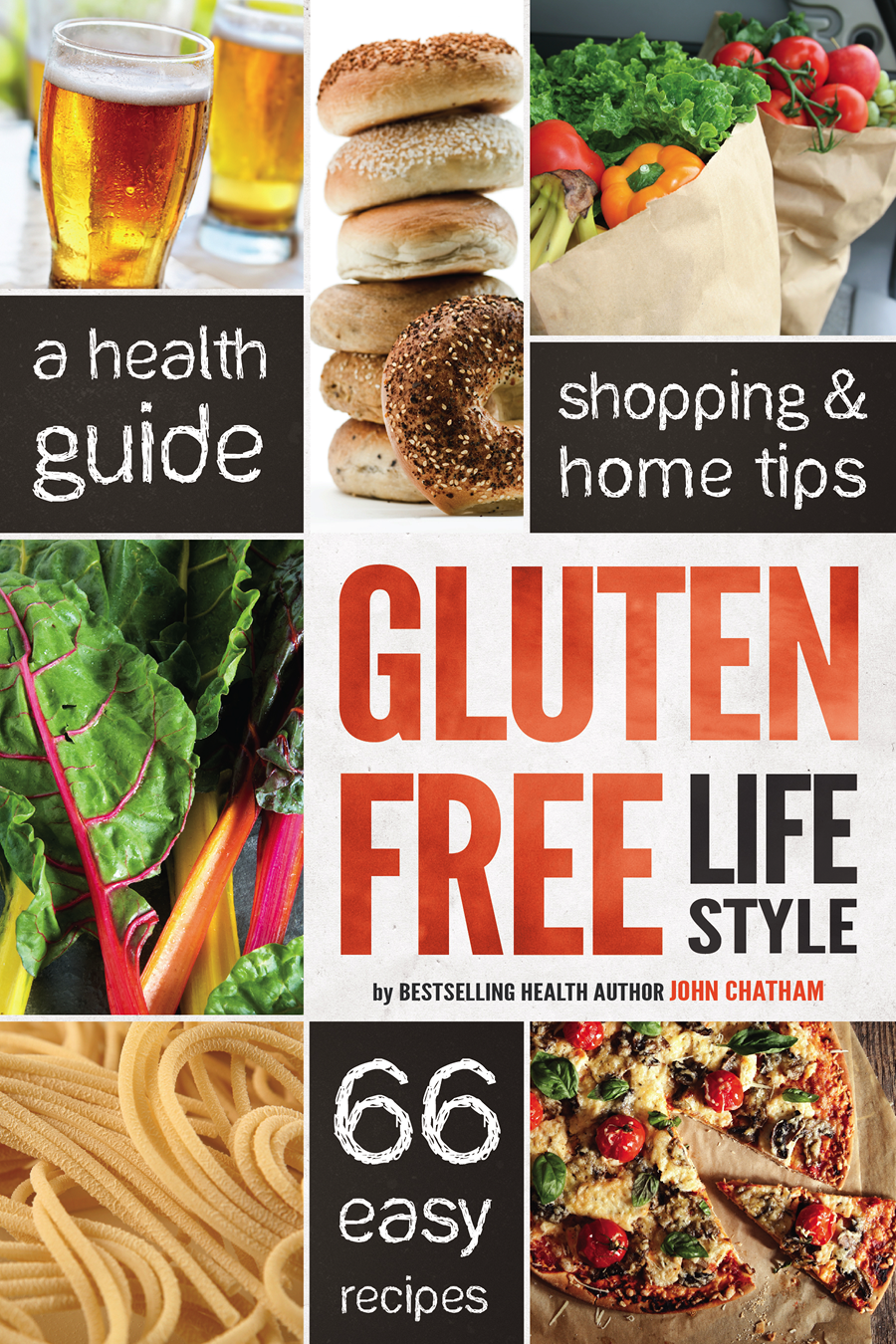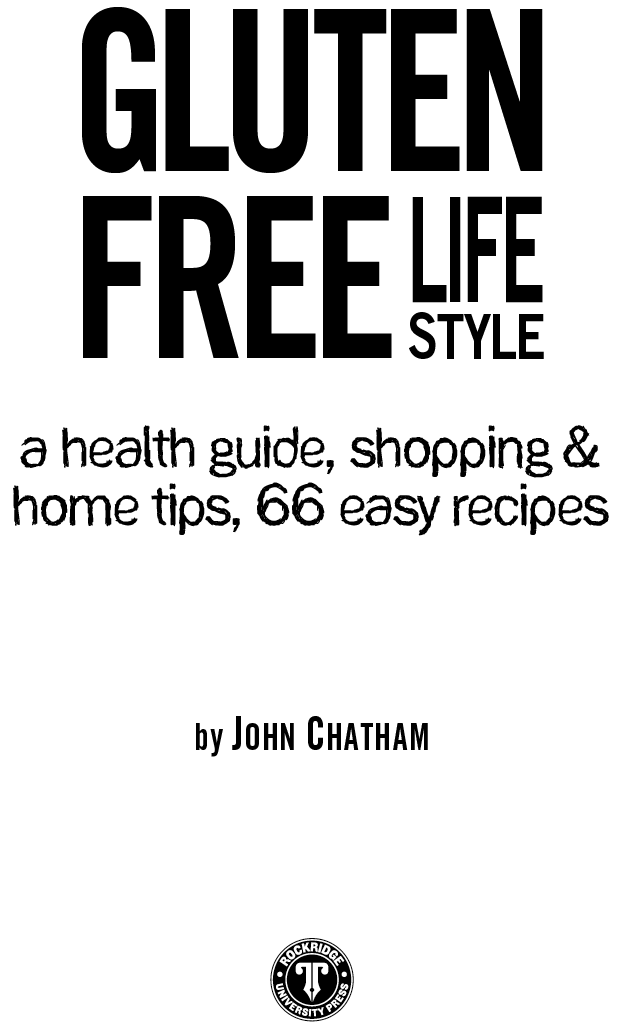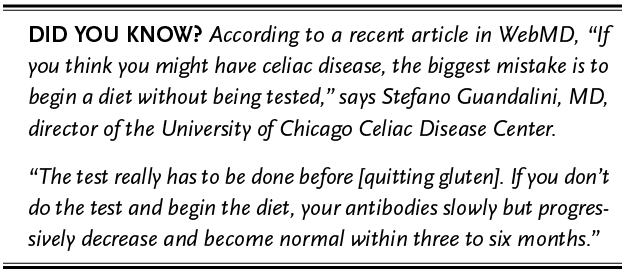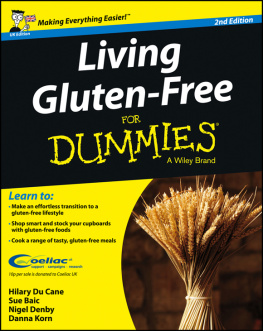

Copyright 2012 by Rockridge University Press, Berkeley, California
No part of this publication may be reproduced, stored in a retrieval system or transmitted in any form or by any means, electronic, mechanical, photocopying, recording, scanning or otherwise, except as permitted under Sections 107 or 108 of the 1976 United States Copyright Act, without the prior written permission of the Publisher. Requests to the Publisher for permission should be addressed to the Permissions Department, Rockridge University Press, 918 Parker St., Suite A-12, Berkeley, CA 94710.
Limit of Liability/Disclaimer of Warranty: The Publisher and the author make no representations or warranties with respect to the accuracy or completeness of the contents of this work and specifically disclaim all warranties, including without limitation warranties of fitness for a particular purpose. No warranty may be created or extended by sales or promotional materials. The advice and strategies contained herein may not be suitable for every situation. This work is sold with the understanding that the Publisher is not engaged in rendering medical, legal or other professional advice or services. If professional assistance is required, the services of a competent professional person should be sought. Neither the Publisher nor the author shall be liable for damages arising herefrom. The fact that an individual, organization or website is referred to in this work as a citation and/or potential source of further information does not mean that the author or the Publisher endorses the information the individual, organization or website may provide or recommendations they/it may make. Further, readers should be aware that Internet websites listed in this work may have changed or disappeared between when this work was written and when it is read.
For general information on our other products and services or to obtain technical support, please contact our Customer Care Department within the U.S. at (866) 744-2665, or outside the U.S. at (510) 253-0500.
Rockridge University Press publishes its books in a variety of electronic and print formats. Some content that appears in print may not be available in electronic books, and vice versa.
TRADEMARKS: Rockridge University Press and the Rockridge University Press logo are trademarks or registered trademarks of Callisto Media Inc. and/or its affiliates, in the United States and other countries, and may not be used without written permission. All other trademarks are the property of their respective owners. Rockridge University Press is not associated with any product or vendor mentioned in this book.
ISBNs: 978-1-62315-019-8 (eb) | 978-1-62315-028-0 (pb)
TABLE OF CONTENTS
INTRODUCTION AND OVERVIEW
G luten-free diets are not just the latest fad. Ever-increasing numbers of people are choosing to embrace gluten-free diets as awareness of celiac disease, wheat allergies and gluten intolerance grows. Whether you have decided to live gluten-free by necessity or by choice, following a gluten-free diet is a challenge. It is a lifestyle change that requires diligence, creativity and a commitment that will help you get past the daily hurdles.
The Gluten-Free Lifestyle is designed to help you make the transition to a gluten-free lifestyle with less confusion and more delicious recipes. Ill explain what gluten is, the different health issues people may have with gluten, and how to live without it and still enjoy great food.
Its important that you make your gluten-free decision an informed one. If you feel your body reacts badly to gluten or to wheat products, it is essential to be tested for celiac disease before you cut gluten from your diet. This test diagnoses the disease by looking for specific antibodies antibodies that will not be present after you are no longer eating gluten. Thats why you must take the test before you change your diet.

It is essential to understand the exact reason why your body doesnt tolerate gluten, because there are important differences between celiac disease, wheat allergy and gluten sensitivity. Its also the only way youll know if other family members are affected, since celiac disease tends to be inherited. Once you know why your health is affected by eating gluten or wheat, youll know how seriously you need to take going gluten-free, whether your problem is all types of gluten or just wheat, and whether deviating from the gluten-free diet is a matter of choice or a matter of safety.
Gluten is a compound protein that, along with starch, is stored in the endosperm of certain grassy grains, such as wheat, barley and rye. The endosperm is the part of a seed that stores food for the developing plant embryo. The presence of gluten in flour is what gives dough its elasticity, helps it rise and imparts a chewy texture to foods like bread.
Gluten can be removed from dough by rinsing the unrisen dough in water. This separated gluten is used as a stabilizer in many products that dont ordinarily contain flour, and is also used to add protein to foods that are naturally low in protein. This is what is known as hidden gluten, since most people are unaware of the gluten content in those foods and the FDA doesnt require it to be included in ingredient labels.
When you make a decision to eat a gluten-free diet, it suddenly seems that gluten is in everything and it is in a great deal of things you might not expect. It can be difficult at first to weed out all of foods youre used to eating but can no longer have.
Fortunately, there are plenty of ways to enjoy some of your favorite foods by using recipes that take traditional favorites and make them without wheat, barley, rye or oats. Ive included many wonderful recipes in the cookbook section of this book, and even a bonus selection of gluten-free treats you may have thought youd have to do without, such as fudgy brownies, pizza and even French bread.
SECTION ONE
Why Go Gluten-Free?
T he reported number of patients diagnosed with some form of poor reaction to gluten is on the rise in Western countries. The reason for this is not fully understood. Some blame it on the high amounts of processed foods, breads and baked goods in the Western diet. Another theory is that we are not exposed to enough antigens during childhood as our immune systems are developing. Because of this, our immune systems see gluten as an interloper or allergen.
There are three main types of diagnoses related to gluten reactions: celiac disease, wheat allergy and gluten sensitivity. Since they share many symptoms, its important to get a correct diagnosis from your doctor, because a self-diagnosis based on your symptoms stands a decent chance of being incorrect and can lead to the wrong corrective action.
Celiac disease is considered the most serious of the three types of gluten reactions, and is often misdiagnosed as irritable bowel syndrome or a food intolerance such as wheat allergy. Often, it is only when treatment for these issues doesnt alleviate symptoms that doctors begin looking at celiac disease as a possibility.



















